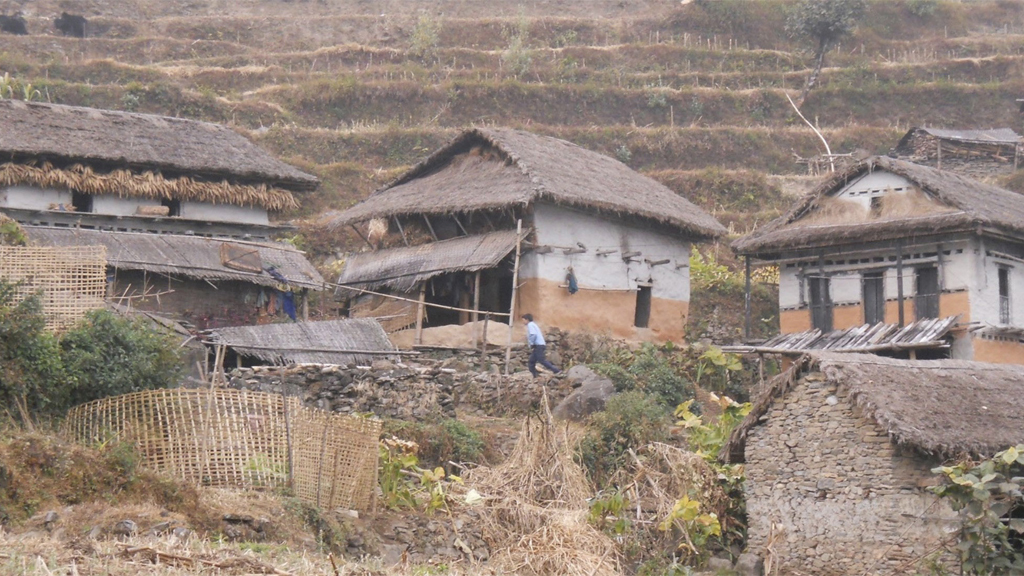High School | Daily Do
How is the Tibetan population able to live in low oxygen environments?

Lesson Snapshot
High school students, as scientists, investigate populations’ physiological differences at high altitude in order to answer the lesson question: How is the Tibetan population able to live in low oxygen environments? Students obtain information from a diagram illustrating how oxygen is transported through the body and a series of articles. Using this information, students figure out that ethnically Tibetan populations have different physiological responses and adaptations to low oxygen environments than Han Chinese populations. Students will add new ideas to a model template that is similar to the previous lesson in order to explain how these adaptations help ethnically Tibetan people live in low oxygen environments.
This is Lesson 2 of the High Altitude Living Unit.
Click the Download PDF button above for the complete Lesson Plan.
Materials
Student Materials
Per Student
Per Small Group (2 to 4 students)
Teacher Materials
- L2 Slides
- 3 sticky notes






